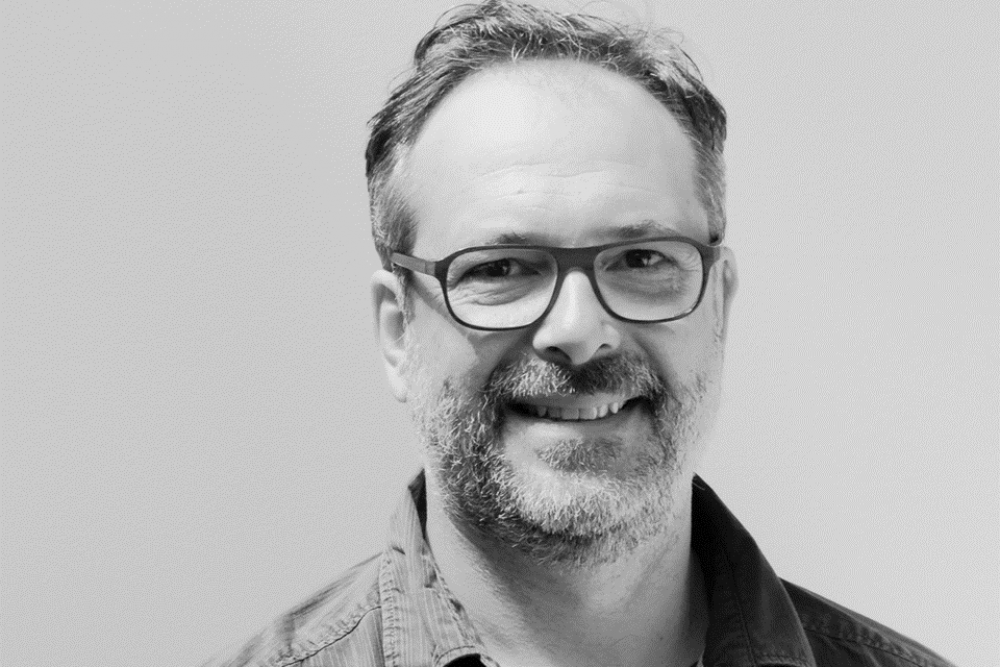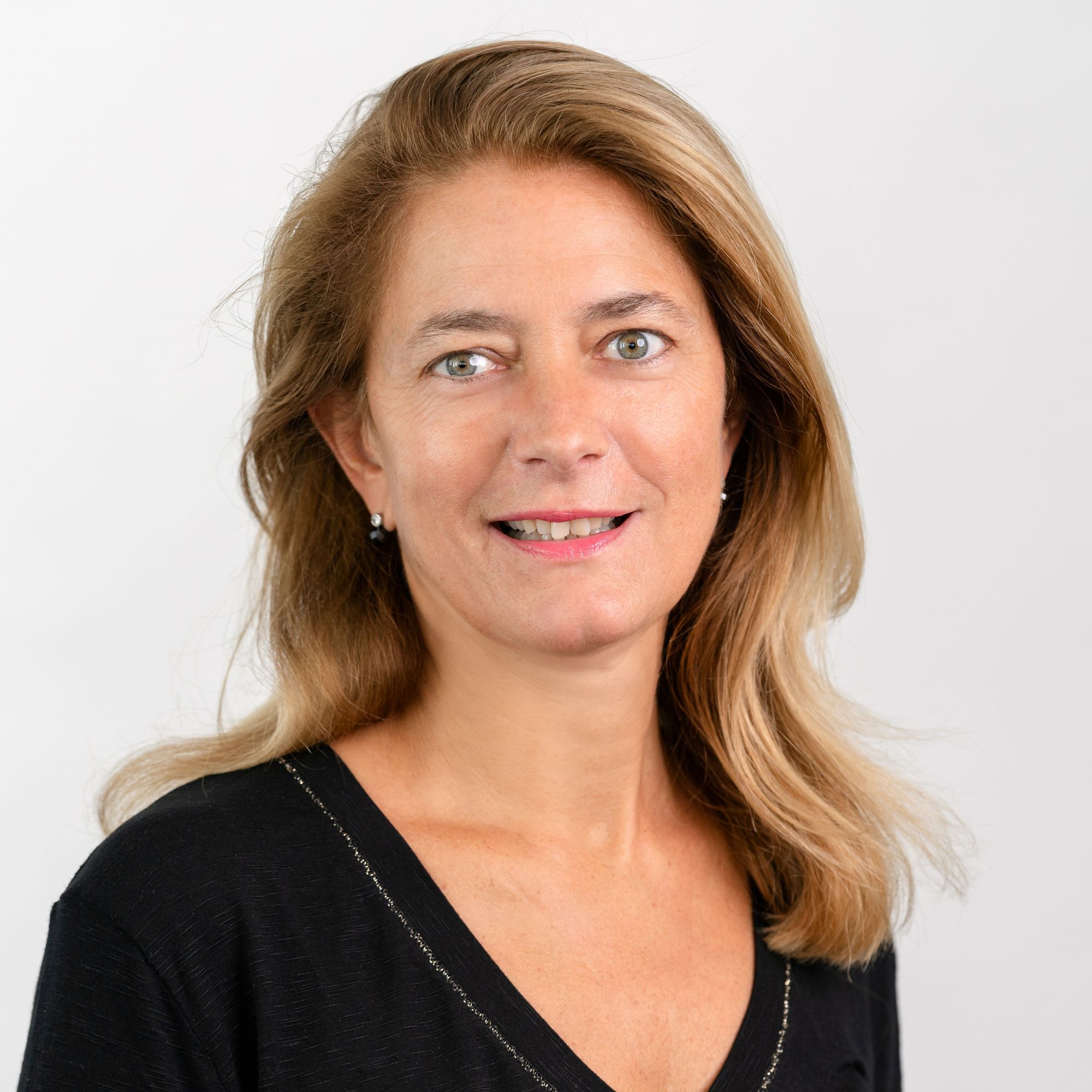- Home
- EN
- Kardham Group
- News
Prison of tomorrow: the architecture must reconcile security constraints and the humanization of the prison environment
July 2021

The government's 15,000-place plan is at the center of attention with the recent disclosure of the sites that will host the new penitentiary centers by 2027. If it is a question of building more, the overhaul of the prison model must also think of building differently to combine security and dignity.
Article by Romuald Dobrzynski, Associate Architect of the Kardham Group, published in Construction 21 on 07/12/2021
A contextualized prison open to its environment
Rethinking the prison of tomorrow involves first of all conceiving the prison building as a project in dialogue in its immediate urban environment and therefore reflecting on the climatic, geographical or social constraints of its location.
Located in the city center, the new Basse-Terre (Guadeloupe) remand center, due for delivery in 2024, bears witness to a functional and humanist architectural project that is very well integrated into its environment. An atypical project because it is positioned on the main avenue of Basse-Terre and contiguous to the historic district of the city, with all the existing urban constraints, including 20 meters of vertical drop while all trips in the prison world must be done at the horizontal. A real architectural challenge which requires a complete reinterpretation of prison spaces. Regarding climatic constraints, the choice was also made of an open accommodation building, another bet in a prison environment. Thus, the traditional central circulation which provides cells arranged on either side has been redesigned in favor of a mono-oriented building, with cells positioned on one side so as to prioritize natural ventilation and its perceived comfort. .
Another example of the need to adapt the building to environmental constraints: the Majicavo remand center on the volcanic island of Mayotte. The neighborhoods have been completely reworked to adapt to the tropical environment and natural ventilation. Located on land that is difficult to exploit because it is adjacent to the lagoon with the risk of a tsunami and on a steep slope, the project re-examined the entirety of the construction systems.
Located on a coastal town and subject to a tropical climate, the project to extend and re-qualify the Baie-Mahault remand center, which must also be delivered in 2024, also required special attention with regard to the phenomena. natural factors it faces: risks of flooding, cyclones and seismic events. The design of the project, with adapted technical solutions, allowed the constraints and characteristics of the site to be taken into account. For example, the choice of the location of the building to the west of the existing site, on a building area, distances the construction of the flood-prone area with a high biodiversity stake, located to the east of the site. All the buildings have also been reworked to adapt to the climate with the creation of islands of freshness in the heart of the buildings. In the end, the project demonstrates the importance of analyzing and reinterpreting the programs of the Public Agency for Real Estate of Justice in order to be able to work with strong constraints.
Peaceful architecture
If the prison of tomorrow must be more and more integrated into its environment, it must also be able to offer the most peaceful architecture possible in the interpretation of architectural allegories. Find the crest line that allows to bring perspectives in very oriented prison constraints.
This implies working both on the building but also on the quality of walks between buildings, teaching areas and optimizing the distances to be covered. Unlike their predecessors, historically designed to accommodate common activity rooms on the ground floor and accommodation upstairs, new prison projects may first of all provide for the separation of common functions and accommodation, so as to create differentiating buildings. By reviewing the design of the typologies of spaces, we can end up with the creation of lower buildings and therefore a softer vision for users of their immediate environment.
A peaceful stroll can also involve a reconsideration of the primary circulations of the prison. These main movements of movement combined with a repetition of buildings written on the same architectural and functional model are sources of loss of reference points in space for the user. However, while having homogeneous buildings, it is possible to differentiate them down to the unit, down to the cell, with the idea that the person, wherever he walks in the center, manages to find his way around. Here again, everything is a question of the right mix in order to be able to provide comfort and people in highly regulated programs due to active and passive safety.
Finally, working on the core sites of penitentiary centers is another lever for peaceful prison architecture. Designed to accommodate educational, cultural, religious and care spaces, with accommodation distributed around the outskirts, it can be recommended, like a square in the heart of the city, to review their organization, to work on the mineral, the vegetable, the colors, the materials. In Basse-Terre, the detention areas thus open on the interior side onto shady green courtyards which have been the subject of maximum attention and all cells have a view. Here again, it is about connecting buildings to known environments, to writings that come from outside life.
As we can see, designing prison projects requires considering a number of functionalities. The complexity of the projects requires the integration of many constraints where the architect must innovate more than ever to reinvent apparently standardized programs.

